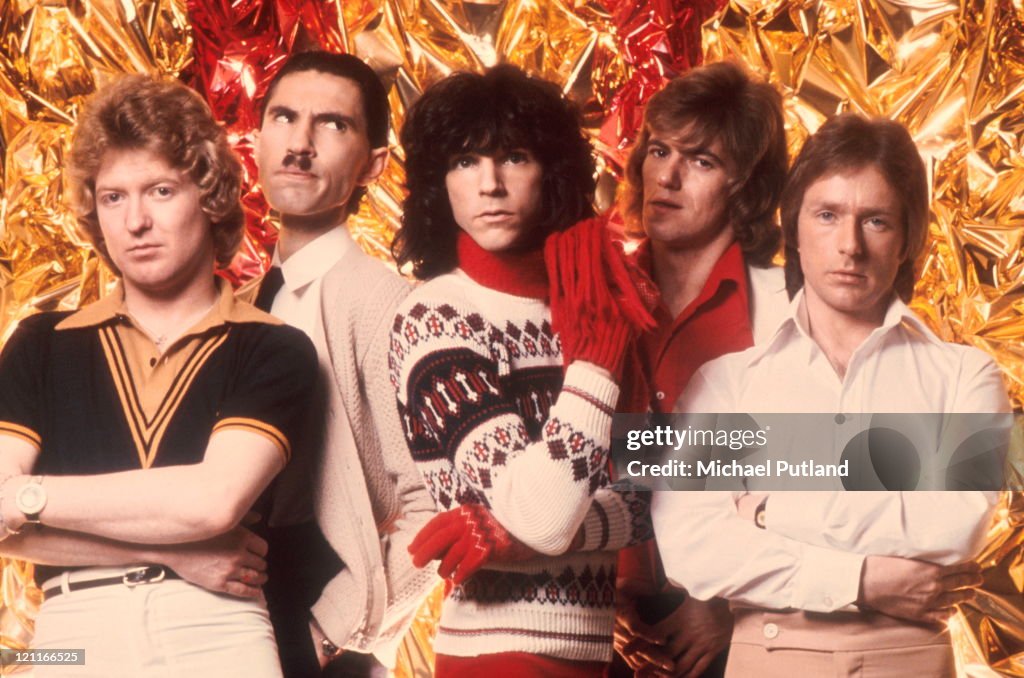
Celestial Disco: How Sparks Engineered Their Divine, Existential Dance Floor Revolution
A brilliant synthesis of disco’s infectious pulse and the Mael brothers’ signature, cerebral wit exploring themes of control and mortality.
For those of us who came of age in the 1970s and 80s, the sound of a drum machine hitting its stride evokes a certain, potent nostalgia—a memory of glittering lights, synthetic sheen, and the exhilarating sense that the future was arriving right now, on the dance floor. Few songs embody that moment of seismic shift in popular music quite like Sparks’ masterpiece, “The Number One Song in Heaven.”
Released in March 1979 as the lead single from their transformative album, No. 1 in Heaven, this track marked a stark, brilliant departure for the quirky American art-rock duo, brothers Russell Mael and Ron Mael. Having endured a period of diminishing commercial returns and creative frustration with their previous rock-oriented material, they took a bold, almost desperate leap into the burgeoning world of electronic music. Their gamble led them straight to the undisputed master of electro-disco, the legendary Italian producer Giorgio Moroder, the sonic architect behind Donna Summer’s “I Feel Love.” The resulting collaboration was not just a hit; it was a revelation that effectively reinvented Sparks for a new era.
The song’s commercial performance in the UK was a ringing endorsement of their new direction. “The Number One Song in Heaven” soared into the Top 20, peaking impressively at Number 14 on the UK Singles Chart. It also found significant success in Ireland, hitting a remarkable Number 5. While the initial reception for their past albums in the States had dwindled, this single, and the subsequent album, reinvigorated their career, earning them a new legion of fans who were captivated by the song’s pioneering synth-pop sound. It wasn’t just music; it was a musical statement, a genre-bending piece of pop art.
But beneath the glorious, propulsive sound—complete with Moroder’s signature arpeggiated synths and a driving hi-NRG beat—lies the delightfully dark and characteristically cynical Mael brothers’ worldview. Lyrically, the song is a satirical, two-part meditation on celestial control and the pervasive nature of popular music. The ‘number one song in heaven’ is, as the lyrics proclaim, “Written of course by the mightiest hand,” suggesting a piece of music so perfect, so divine, it can only have come from a god-like entity. Yet, it’s played not by the songwriter, but by “the Angel Gabriel,” implying a divine delegation of performance.
The profound, yet playful, meaning deepens when the lyrics suggest the song is heard by the listener because they might be “closer to here than you imagine.” It’s an almost subliminal jab at mortality hidden within a dance track, a reminder that the euphoria of the disco floor is fleeting. The two-part structure—which often appeared as separate, distinctive edits on the 7-inch and 12-inch vinyl releases, a delight for collectors—illustrates the song’s duality: a slow, stately opening (Part One) descends into the full-throttle disco-pop track (Part Two). The lyrics even dissect the song’s own journey, stating how in cars it “becomes a hit,” in homes it “becomes advertisements,” and in the streets it “becomes children singing.” It’s a meta-commentary on a catchy tune’s commercial exploitation and eventual ubiquity—a knowing wink from Ron Mael, the primary lyricist, who always preferred to explore off-kilter and cerebral subjects.
For those of us who heard it on the radio or risked a trip to the local discotheque in 1979, the track felt like a bridge between the rock of the past and the electronic new wave that was about to crest. It was one of the clearest signals that synthesizers and drum machines weren’t just novelties—they were the foundation of the next decade of pop music. This single, in essence, is the moment Sparks exchanged their theatrical glam-rock guitars for the futuristic pulse of the sequencer, becoming unlikely pioneers of the synth-pop and electronic body music movements that would dominate the 1980s. Its legacy is not just its chart position, but its bold, uncompromising vision, which remains influential and sounds just as vital today as it did when it first asked us to dance our way to the pearly gates.